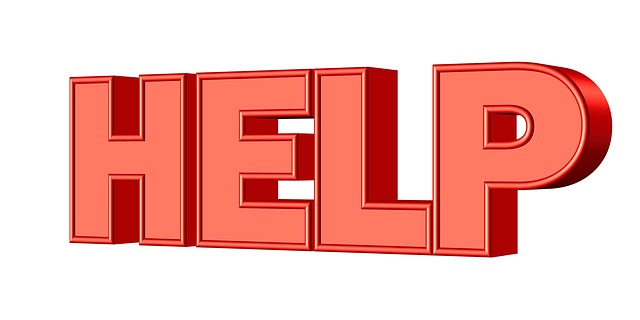I received an email from an earnest gentleman, eager to help his company write more business and make its brand more prominent. He presented a list of tactics he believed would be effective means to his ends. Here’s the email (with minor modifications to protect the identity of the gentleman and his offerings):
We are not going to get any traction unless we have the following in operation:
- Monthly newsletters going out to all our clients and prospects about our products and successes
- Advertising in an insurance publication
- Website that is “high tech” (after all we are a high tech company, right?)
- White papers on our products, Panacea and SilverBullet
- Drip marketing campaign
- Product branding and positioning statement.
We need HELP!
He was right. They do need help. Here’s why:
- Traction: If he still thinks traction has meaning, he’ll never get any traction.
- Newsletters: If the company’s achieved enough success to generate content for monthly newsletters, it doesn’t need help. It needs to publish newsletters.
- Advertising: If he puts advertising (a tactical consideration) before a clearly articulated objective (a strategic consideration), he should save himself the trouble and send me the cash.
- Website: High tech is interchangeable with cool stuff. They translate to form over substance. In the absence of meaningful content, they’re a waste of everything.
- White Papers: This might actually mean brochures, sell sheets, or any explication of how and why fire, wheels, sliced bread, bottled beer, the Flowbee, and flush toilets can’t hold candles to his products.
- Drip Marketing Campaign: This typically means a particular form of direct marketing, in which a target audience is told a story, in narrative increments, over a pre-determined length of time. But our spidey sense tells us this is a horse-leading cart, rolling out ahead of any strategic purpose, cohesively constructed story, or definitive direction.
- Product Branding and Position Statement: Had this been #1, rather than #7 – and had it omitted Product – it would have teed up the strategic hierarchy under which the five remaining tactics could have been prioritized, created, executed, and implemented in objective-achieving order.
Perhaps the gentleman who sent the email, and his company, can be helped. It’s too early to tell. A surprising number of companies realize they need help, ask for it, pay for it — then won’t take it. (“But that’s not the way we’ve always done it.”)
Rule of thumb: Make sure you want the help before you ask for it.
—
Image by PeteLinforth, courtesy of pixabay.com.

